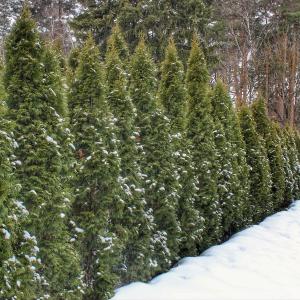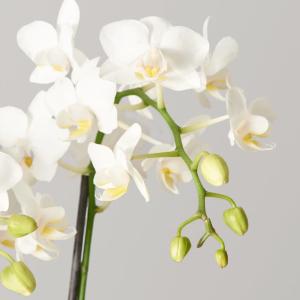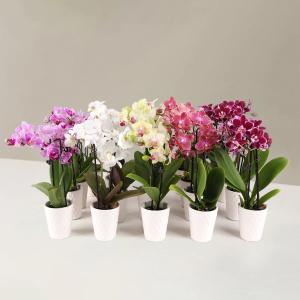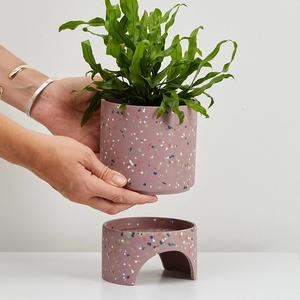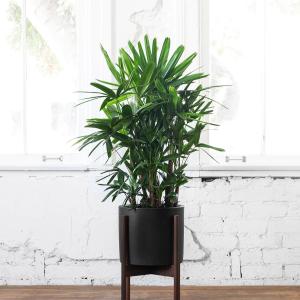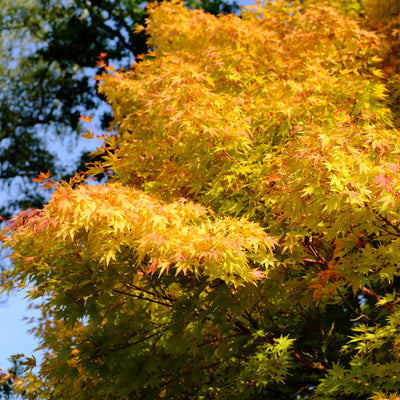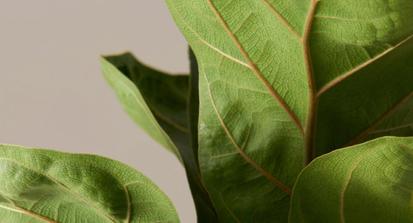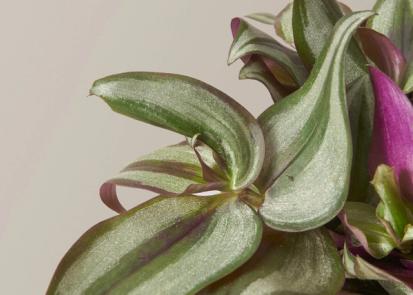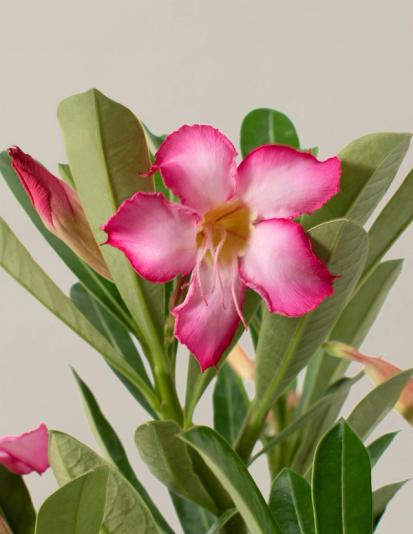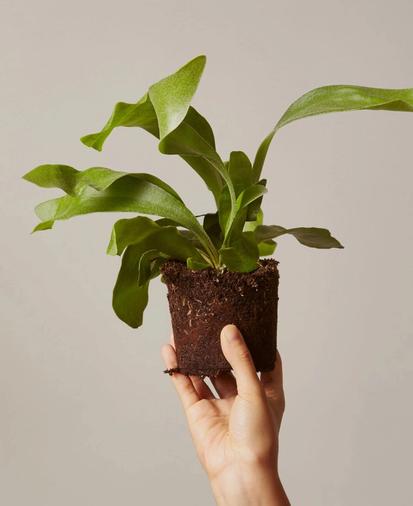Japanese maples (Acer palmatum) are deciduous trees renowned for their striking beauty, offering vibrant foliage, elegant shapes, and seasonal color changes that captivate gardeners and nature lovers alike. Native to Japan, Korea, and China, it features foliage that ranges from deep reds and purples to bright greens, with many varieties displaying bright colors in the spring that fades during the summer before returning in the fall. Their slow growth and graceful appearance make them perfect for gardens, used as a focal point, or grown in containers on a patio. They are also versatile, thriving in a variety of climates and landscapes so you're bound to find the perfect Japanese maple for your region!
With their variety of forms, colors, and sizes, Japanese maples are a versatile choice for any space. Whether you're an experienced gardener or just starting out, growing and maintaining these beautiful trees can be an enjoyable experience. In this blog post, we’ll explore how to grow, care for, and maintain these stunning trees, ensuring they thrive for years to come.
Coral Bark Japanese Maple Tree
With its vibrant coral-red bark that stands out in stark contrast to its lush green leaves, this tree is a four-season wonder.
Types of Japanese Maples
There are several types of Japanese maple trees, each type bringing its own beauty and charm, allowing gardeners to choose the perfect variety to suit their space. Some popular categories include:
- Dwarf varieties: Their slow growth and petite size, typically reaching only 3 to 8 feet tall, make them ideal for small spaces or container gardening.
- Weeping types: Known for their cascading branches that form umbrella-like shapes, ideal for focal points in the garden or near water features.
- Upright varieties: Grow taller and spread out, often reaching 15-25 feet, making them great choices to add more shade to a sunny garden.
Before choosing a Japanese Maple for your garden, be sure to research the specific variety to understand its growth habits, height, and spread.

Step-by-Step Guide to Growing Japanese Maple Trees
Choosing the Right Location
Plant in a partially shaded spot, aiming for morning sun and afternoon shade. While they tolerate full sun in cooler climates, they can suffer leaf burn in hotter regions. Ensure that the area has well-draining soil since they don’t like “wet feet” (excess moisture around the roots).
Planting Your Japanese Maple
The best time to plant a Japanese Maple is in the early spring or fall when the weather is mild. Dig a hole that is twice as wide as the root ball but the same depth, allowing the roots to spread out comfortably. Ensure the tree is placed at the correct height, with the top of the root ball level with the ground. Backfill the hole with the native soil and your choice of organic matter (compost, organic potting mix, garden soil, etc) and water thoroughly after planting to settle the soil around the roots.
You can also incorporate a special soil amendment known as transplant boost to help plants establish quickly after planting. It boosts the soil's microbe activity, which aids in faster root growth and reduces the stress plants typically experience when transplanted!
Watering and Mulching
Japanese maples need consistent moisture, especially when they are young or newly planted. At the time of watering, water deeply but avoid overwatering, as soggy soil can lead to root rot. Add a layer of mulch around the base of the tree, leaving several inches of space around the trunk. Mulch helps to retain moisture, suppress weeds, and regulate soil temperature.
Fertilizing
Japanese maples are relatively low-maintenance when it comes to feeding. You can use a slow-release, balanced fertilizer in the early spring, but avoid high-nitrogen fertilizers, as they can cause excessive growth and diminish the tree’s natural shape.
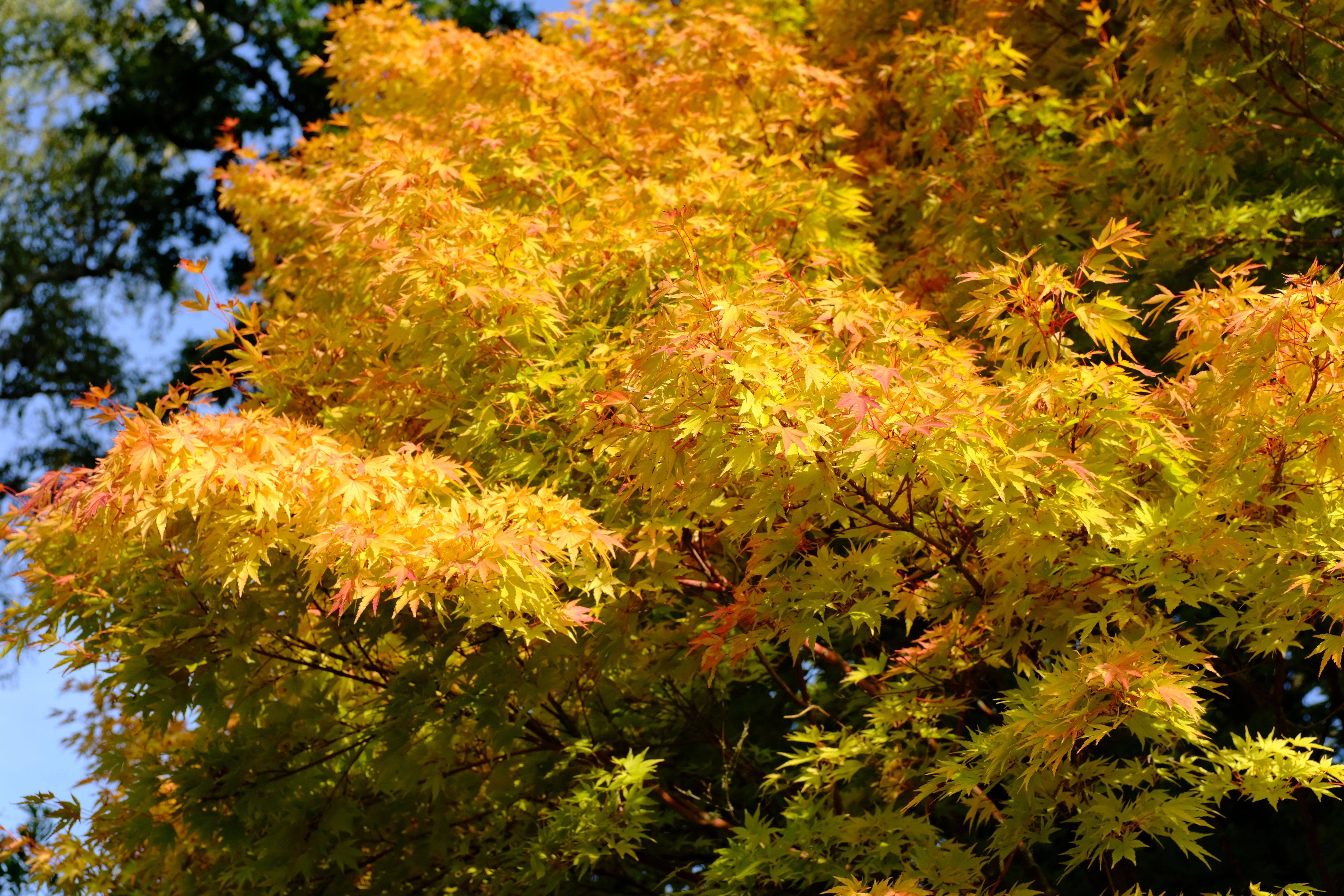
Pruning
To prune a Japanese maple, begin in late winter or early spring, before new growth appears. Using sterile pruners, make clean cuts just above branch collars (swollen area at the base of a branch), and avoid cutting more than 20% of the tree’s canopy in one season to prevent stress.
Focus on removing dead, damaged, or crossing branches to maintain the tree's natural shape and improve air circulation. Avoid heavy pruning, as Japanese maples tend to have a naturally beautiful structure that benefits from minimal shaping.
Pest and Disease Prevention
While Japanese maples are generally hardy, they can be susceptible to pests like aphids or diseases such as verticillium wilt or anthracnose. Regularly inspect your tree for signs of trouble, such as signs of insect-pests, discolored leaves or unusual growths, and treat problems using organic insecticides or fungicides.
Winter Care
In winter, protect Japanese maples from frost damage by applying a thick layer of mulch around the base to insulate the roots. For young trees or those in particularly cold climates, wrap the tree in burlap to shield it from harsh winds and freezing temperatures. If your tree is in a container, move it to a sheltered area like a garage or porch to prevent the roots from freezing. Water occasionally during dry spells, but avoid overwatering, as the tree’s growth slows in winter.

Common Problems
SYMPTOM: Stunted growth, Leaf drop
CAUSE: Poor soil conditions or nutrient deficiency
SYMPTOM: Yellowing leaves, mushy stems
CAUSE: Overwatered or soil isn't well-draining
FAQs
How do you propagate a Japanese Maple?
Japanese maple trees can be propagated through seeds or cuttings. Growing from seed is a longer process, requiring cold stratification to encourage germination, while cuttings, taken in late spring or early summer, offer a faster way to grow a new tree.
How fast does a Japanese Maple Grow?
Japanese maples grow slowly, typically adding 1 to 2 feet per year, depending on the variety and growing conditions.
Can Japanese Maples tolerate full sun?
While some varieties can tolerate full sun, most prefer partial shade, especially in hotter climates, to avoid leaf burn and stress.
Conclusion
With their stunning appearance and relatively low maintenance needs, Japanese maples are a great addition to any landscape. By selecting the right variety, planting in the ideal location, and providing the proper care, you can enjoy the beauty of a Japanese maple tree for many years to come!
Words By The Sill
Empowering all people to be plant people—a collection of articles from The Sill’s team of plant experts across a variety of plant care topics to inspire confidence in the next generation of plant parents. Welcome to Plant Parenthood™.




